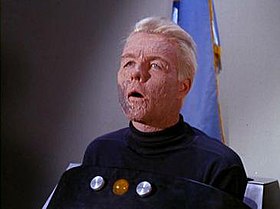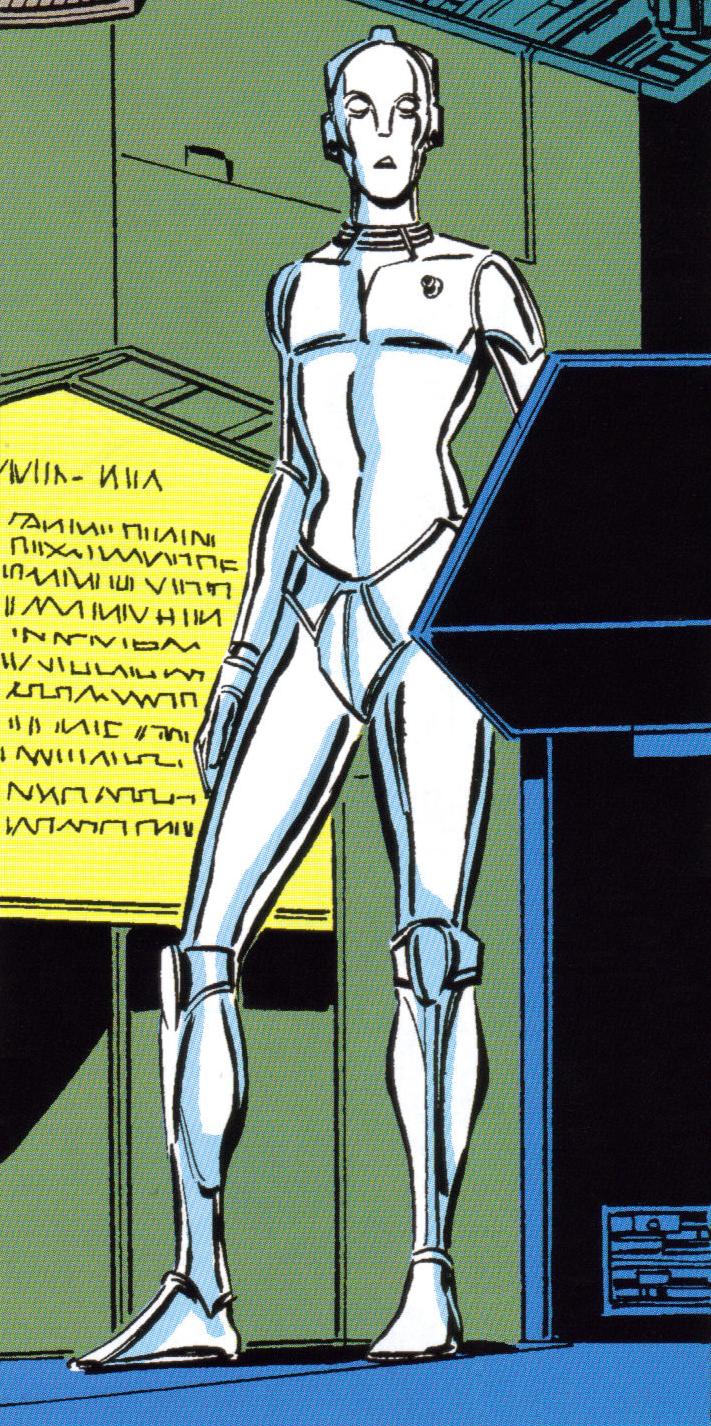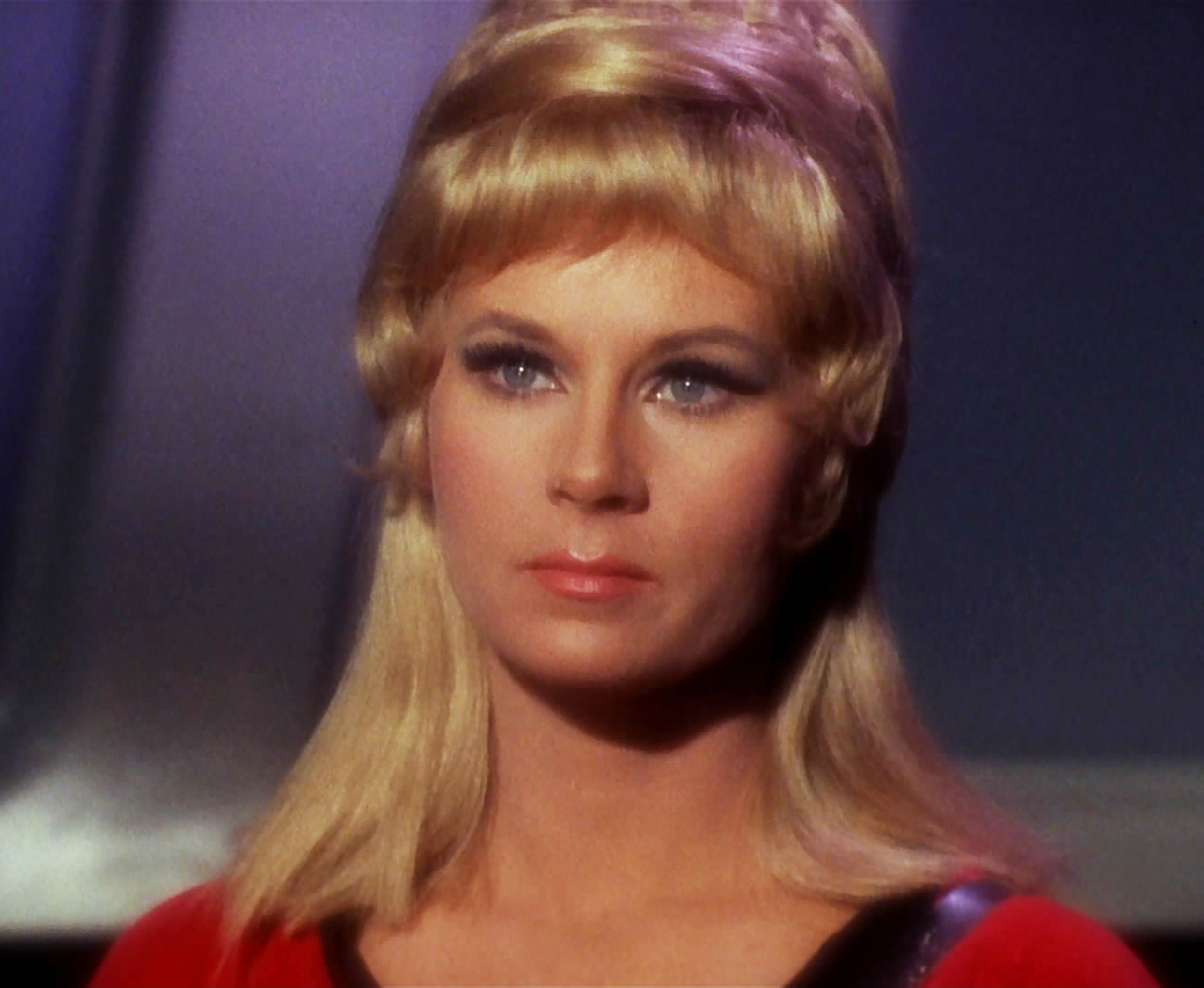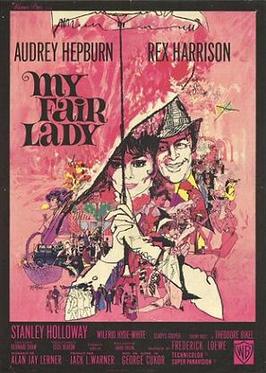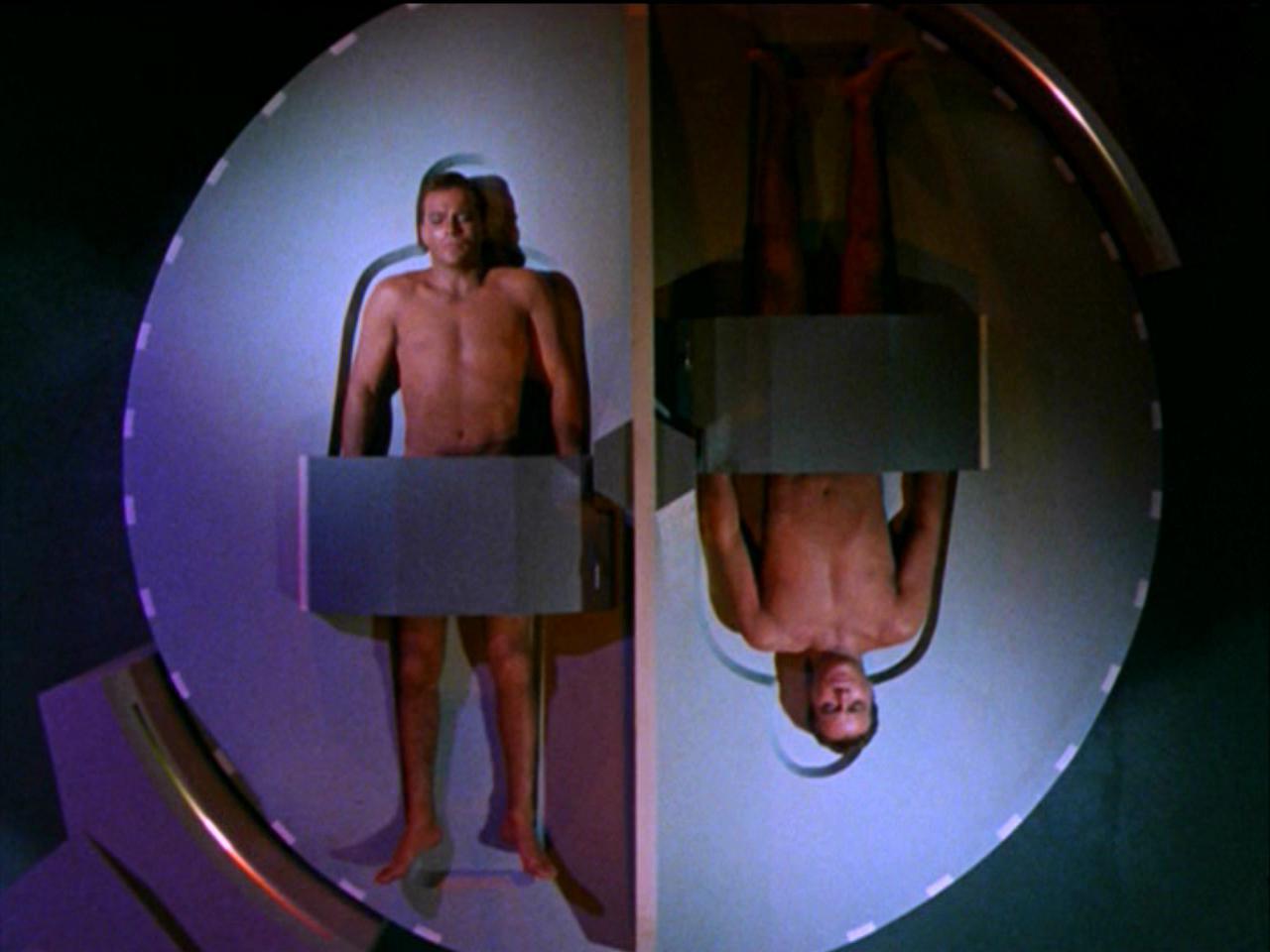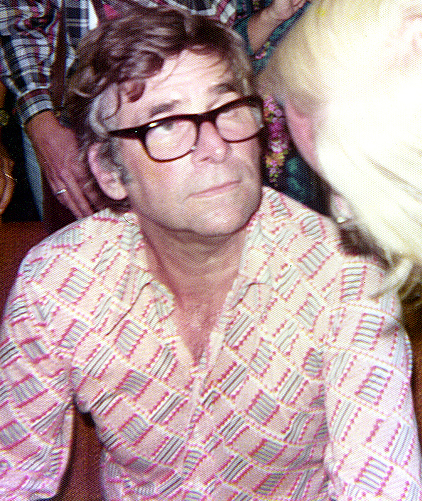Denise Covey is hosting Write...Edit...Publish, a monthly bloghop (details here). October's theme is "haunting" and my humble submission is offered below. My story is 946 words long. Please respond with comments only. Be sure to visit the other participants as well. The link list is at the end of my post.
All Saints’ Day
Damn
it! The living room light was
still on. Somebody was awake. Probably Mom. After yelling at me for missing curfew, she’d pepper me with
questions: Why are you late? Who were you with? Were his parents there? You’re telling me they don’t have a
phone? Who drove you home anyway?
Please,
Mom, no questions tonight.
I’d
walked home from the Halloween party, fighting that hyperventilating hiccup a
boy gets when he’s trying not to cry.
Yes, I’d stayed later than I should have, hoping to talk to her if only
for a few minutes. Why the hell
did she want to be with that jerk instead of me? I missed my ride home waiting so long. I had to walk.
I
opened the door quietly – not entirely sure why. Judgment and sentencing had likely already been passed. A surprise waited in the armchair
facing the door: Dad. My father
staying up past 9 o’clock was never a good sign. I bet he’d had that hard, cold paternal stare locked and
loaded from the moment he heard my feet come up the path. As soon as the door swung open, he was
ready to fire.
But
then he saw me and knew the torture I was already imposing upon myself. His face of granite softened to
leather, the corners of his mouth dropping. He turned to stare at the rug. I was more lost than ever. Finally rising but still not looking,
he pointed to the couch. “Have a
seat, son.”
Instead
of sitting back down himself, he made for the kitchen. I heard the fridge door, the clink of
glass from the cupboard, the pouring of liquid, the fridge again. He returned with a tumbler of milk,
setting it down on a coaster beside me. We sat quietly for a while, both of us staring at the
rug, I taking the occasional sip.
When I was half done, he stood, putting a hand on my shoulder.
“Go
to bed. We’ll talk in the
morning.” He went upstairs and I
was alone. He didn’t even ask what
was wrong.
Thank
God, he didn’t ask!
Seven
the next morning brought a knock on my door. Dad poked his head around, softly commanding, “Get some
clothes on. We’re going for a
walk.”
So, was this my punishment? Forced
to get out of bed before noon on a Saturday? Or was this just the interrogation? Trudging to the kitchen, Dad was
pouring coffee into thermal mugs for both of us. I don’t think he asked if I wanted any, or if I even liked
the stuff. Handing me one, he
reminded, “It’s chilly. You’ll
want a coat.”
The sun was starting to pull itself
up over the horizon as we left the house.
There certainly was a nip in the air, the cool damp of an autumn morning. We walked in silence, heading towards
the school. Decorations were still
up. A few jack-o-lanterns had
suffered the brutality of teenagers overnight, smashed to pulpy orange bits on
the sidewalk. One house had been
TP’d, another egged, judging from the smell. Pressed, I could probably name the culprits. No longer cute enough to beg for candy,
they resorted to the last privilege of childhood left to them: making a mess
for someone else to clean up.
Upon arriving at our expected
destination, we sat on a bench facing out across the school’s parking lot. I knew why Dad liked this spot. In a neighborhood dominated by oaks and
beeches, a single maple tree stood across from the front door of the
school. Every fall, it would blaze
a deep, satisfying red against all of the yellows and oranges around it. Dad loved that tree. As we sat quietly, he stared at the
fallen leaves pooling on the ground.
I dreaded the questions. Please Dad, don’t make me talk about
her. Don’t make me relive my
humiliation. Yell at me. Ground me. But please don’t make me talk. I don’t want to cry in front of you.
“You know, it scares the shit out
of us when you’re not home on time.”
At this, I finally looked up at
him. His gaze was still on the
leaves. I saw the circles under
his eyes, his unshaved chin. I
don’t think he’d even brushed his hair yet. He hadn’t slept any better than I had.
And when did he start going gray
around the temples?
When he lifted his gaze to me, it
was my turn to stare at the leaves.
“Things happen to kids your age, son. We worry.”
I didn’t know what to say.
“Next time, give us a call so we’ll
at least know you’re safe. Okay?”
“Okay.”
“And if something happens and you
need a ride, call us. We’ll come
get you. There’s no shame in wanting
to get home in one piece.”
We both knew that’s not what had
happened but I acquiesced with a nod.
Looking at each other was still too
hard. We sat, sipping our coffee,
shivering from the occasional breeze, light spreading in pink streaks across
the sky.
“ I know you had a rough night and
I’m sorry. I don’t need to know
why.” Then reluctantly, “unless
you want to tell me.” We both knew
I didn’t. I almost laughed. Now he was embarrassed? “But next time,
at least call.”
“Okay, Dad. I’m sorry, too.” I really meant it. I didn’t always do such a great job of
living up to that promise in the following years but that morning on the bench
across from the maple tree, I definitely meant it.
It really was a spectacular tree.
Copyright 2013
*******************
I hope you will consider joining the Cephalopod Coffeehouse, my bloggers' book club. Please sign on to the link list at the top right of my blog, where there is also a link to more details.
Once again, comments only please.

